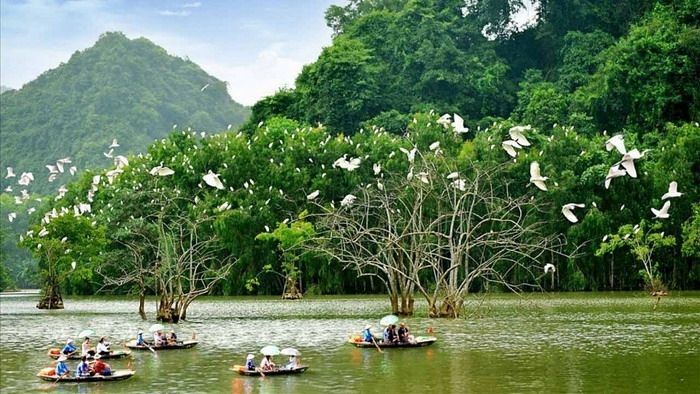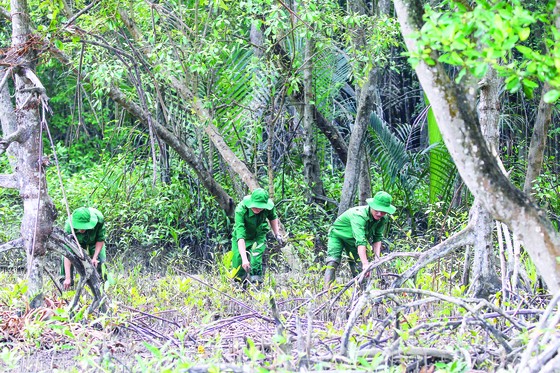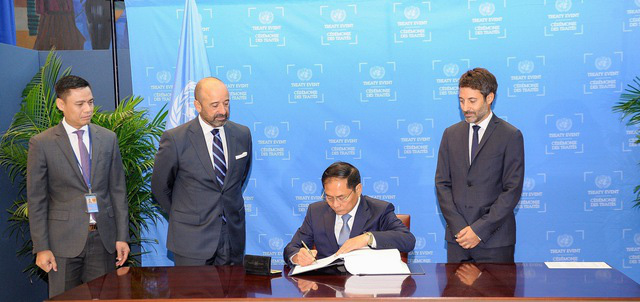Hành trình đưa đàn sếu trở về
baodongthap.vn 02/10/2025, 08:52 (GMT+7)
Trở lại Khu bảo tồn Vườn Quốc gia (VQG) Tràm Chim những ngày cuối tháng 9, nhìn những cá thể sếu đầu đỏ được tiếp nhận từ vườn thú Thái Lan vào cuối tháng 4 đang tung cánh, chúng tôi không khỏi xúc động. Bởi, để có thể đưa đàn sếu trở lại VQG Tràm Chim đó là cả một hành trình dài, là nỗ lực bền bỉ của nhiều cán bộ, nhà khoa học, cộng đồng, cùng sự đồng hành giúp sức của bạn bè quốc tế dành cho Đồng Tháp.
QUYẾT TÂM PHỤC HỒI HỆ SINH THÁI
Có thời điểm, loài sếu đầu đỏ gần như biến mất khỏi VQG Tràm Chim, nơi từng là ngôi nhà của chúng. Nguyên nhân không chỉ đến từ biến đổi khí hậu, mà còn do sự suy giảm sinh cảnh cùng những tác động tiêu cực từ hoạt động sản xuất của con người. Sự vắng bóng của sếu đầu đỏ là hồi chuông báo động, cảnh báo về nguy cơ tổn thương nghiêm trọng của hệ sinh thái Ramsar thứ 2.000 của thế giới.
Tiếp tục đọc “Hệ sinh thái Vườn quốc gia Tràm Chim Đồng Tháp đang phục hồi mạnh mẽ”







